-
 Bitcoin
Bitcoin $106,754.6083
1.33% -
 Ethereum
Ethereum $2,625.8249
3.80% -
 Tether USDt
Tether USDt $1.0001
-0.03% -
 XRP
XRP $2.1891
1.67% -
 BNB
BNB $654.5220
0.66% -
 Solana
Solana $156.9428
7.28% -
 USDC
USDC $0.9998
0.00% -
 Dogecoin
Dogecoin $0.1780
1.14% -
 TRON
TRON $0.2706
-0.16% -
 Cardano
Cardano $0.6470
2.77% -
 Hyperliquid
Hyperliquid $44.6467
10.24% -
 Sui
Sui $3.1128
3.86% -
 Bitcoin Cash
Bitcoin Cash $455.7646
3.00% -
 Chainlink
Chainlink $13.6858
4.08% -
 UNUS SED LEO
UNUS SED LEO $9.2682
0.21% -
 Avalanche
Avalanche $19.7433
3.79% -
 Stellar
Stellar $0.2616
1.64% -
 Toncoin
Toncoin $3.0222
2.19% -
 Shiba Inu
Shiba Inu $0.0...01220
1.49% -
 Hedera
Hedera $0.1580
2.75% -
 Litecoin
Litecoin $87.4964
2.29% -
 Polkadot
Polkadot $3.8958
3.05% -
 Ethena USDe
Ethena USDe $1.0000
-0.04% -
 Monero
Monero $317.2263
0.26% -
 Bitget Token
Bitget Token $4.5985
1.68% -
 Dai
Dai $0.9999
0.00% -
 Pepe
Pepe $0.0...01140
2.44% -
 Uniswap
Uniswap $7.6065
5.29% -
 Pi
Pi $0.6042
-2.00% -
 Aave
Aave $289.6343
6.02%
How to evaluate the team background and roadmap credibility of NFT projects?
A credible NFT project features a transparent team with verifiable experience, a realistic and detailed roadmap, active community engagement, and avoids red flags like anonymity or unrealistic promises.
Jun 20, 2025 at 06:22 am
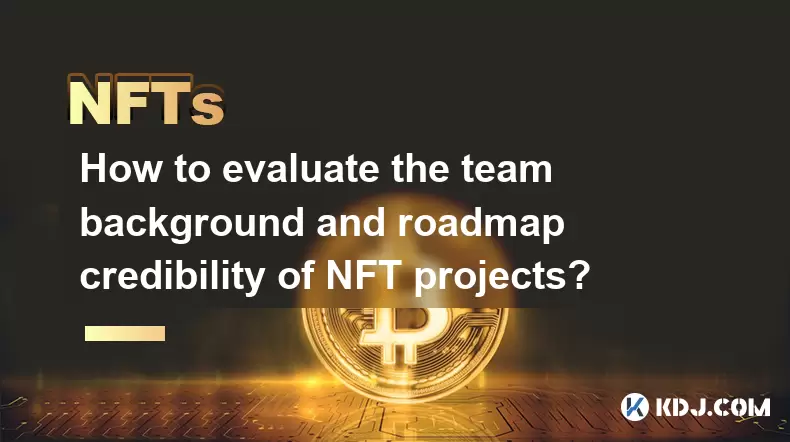
What Are the Key Indicators of a Credible NFT Project?
When entering the world of NFTs, one of the most critical aspects to consider is the credibility of the project. This involves evaluating both the team behind it and the roadmap they’ve outlined for development. Credibility indicators include transparency in team identities, prior experience in blockchain or digital art, and verifiable past projects. A reputable NFT project will often showcase real names, LinkedIn profiles, or previous work histories that demonstrate their expertise. Additionally, roadmap authenticity can be assessed by examining whether the milestones are realistic, time-bound, and have been consistently updated.
How to Analyze the Background of an NFT Team
To determine the legitimacy of an NFT project’s team, start by researching each member listed on the official website or whitepaper. Look for real names and professional backgrounds, not just pseudonyms or vague descriptions. Many fraudulent projects use stock photos or anonymous personas to hide their true intentions. Check if any team members have a track record in successful blockchain ventures or creative industries. LinkedIn profiles, GitHub activity, and past interviews can provide valuable insights into their capabilities and trustworthiness.
Another important factor is community engagement. If the team actively participates in forums like Discord, Twitter, or Reddit, this shows commitment and openness. Be wary of teams that avoid direct questions or disappear after launching the project. Also, look for advisors or partners with strong reputations in the crypto space, as their involvement adds another layer of credibility.
Evaluating the Roadmap: Is It Realistic and Detailed?
A well-structured roadmap is a clear sign of a serious NFT project. However, many projects present overly ambitious plans without concrete timelines or actionable steps. To assess the roadmap's feasibility, break down each milestone and ask yourself whether it aligns with the team's experience and current resources. Short-term goals should be achievable within a few months, while long-term objectives may span a year or more.
Pay attention to how specific the roadmap is. Phrases like "Q3 2024" or "after initial launch" are vague and could indicate poor planning. Instead, look for clear deliverables such as beta testing dates, smart contract audits, or partnership announcements. Projects that update their roadmap regularly and openly discuss delays or changes tend to be more trustworthy than those that remain silent after missing deadlines.
Red Flags to Watch Out For
There are several warning signs that suggest an NFT project may not be credible. One of the most common red flags is anonymity among core team members. While some developers prefer to remain private, having no identifiable leaders or advisors raises suspicion. Another issue is a lack of technical documentation or unclear tokenomics, which makes it difficult to understand how the project will sustain itself financially.
Additionally, if the roadmap contains too many buzzwords like “revolutionary,” “game-changing,” or “disruptive” without explaining how these outcomes will be achieved, proceed with caution. Also, watch out for projects promising unrealistic returns or claiming exclusive partnerships without proof. Projects that offer guaranteed profits or heavily rely on referral bonuses are often pyramid schemes or scams.
Tools and Platforms to Verify NFT Project Details
Several tools can help verify the background of an NFT project and its team. Start with blockchain explorers like Etherscan or BscScan to check wallet addresses associated with the project. These platforms allow you to see transaction history and detect suspicious activity, such as large token dumps shortly after launch.
For team verification, use LinkedIn or GitHub to confirm employment history and code contributions. You can also search for the team’s name or project title on Google to find news articles, interviews, or forum discussions. Crypto rating platforms like CoinGecko or CoinMarketCap sometimes list verified NFT projects with detailed analyses of their team and roadmap.
Community sentiment is another powerful tool. Join the project’s Discord server or Telegram group and observe how the team interacts with users. Do they answer questions honestly? Are there active developers responding to bug reports or feature requests? These interactions can reveal whether the team is committed or simply trying to hype up investors.
Frequently Asked Questions
How can I tell if an NFT project’s roadmap has been copied from another project?
Compare the timeline and milestones with other similar projects online. Use plagiarism detection tools or manually search key phrases from the roadmap. If multiple projects share identical language or structure, it’s likely copied.
What should I do if the team refuses to disclose their identities?
Be cautious. While anonymity isn’t always a red flag, especially in certain regions, a legitimate project should at least offer verifiable credentials or third-party endorsements to build trust.
Are audited smart contracts enough to guarantee a project’s credibility?
No. Smart contract audits reduce risks but don’t guarantee overall project integrity. Always combine audit results with team research, roadmap analysis, and community feedback.
Can social media presence alone prove a team’s legitimacy?
Not entirely. Social media can be faked or manipulated. Always cross-reference with official documents, employment records, and blockchain data to verify authenticity.
Disclaimer:info@kdj.com
The information provided is not trading advice. kdj.com does not assume any responsibility for any investments made based on the information provided in this article. Cryptocurrencies are highly volatile and it is highly recommended that you invest with caution after thorough research!
If you believe that the content used on this website infringes your copyright, please contact us immediately (info@kdj.com) and we will delete it promptly.
- BAY Miner & XY Miners: Unlock Daily Earnings with BTC, DOGE, and LTC Cloud Mining
- 2025-06-20 10:25:12
- Decoding the Aaluxx Myth: Maya Protocol and the Smart Economy
- 2025-06-20 10:30:12
- Binance Wallet, Exclusive Token, Launch: What You Need to Know
- 2025-06-20 10:45:12
- Semler Scientific's Bitcoin Bet: Bold Move or Risky Gamble?
- 2025-06-20 10:50:12
- SHIB Eyes on Whale Activity and Shibarium Upgrade: Will It Trigger a Reversal?
- 2025-06-20 10:50:12
- Crypto Bull Run Expert Prediction: Navigating the Generational Surge
- 2025-06-20 08:25:12
Related knowledge
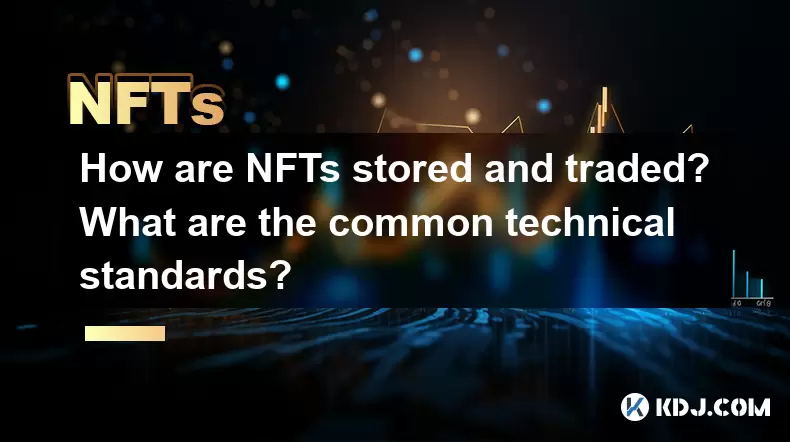
How are NFTs stored and traded? What are the common technical standards?
Jun 20,2025 at 08:49am
Understanding NFT Storage MechanismsNon-Fungible Tokens (NFTs) are digital assets that represent ownership of a unique item or piece of content, such as art, music, videos, or virtual real estate. The way NFTs are stored is crucial to their security and accessibility. Most NFTs are built on blockchain platforms like Ethereum, and the actual file—such as...

What is the difference between NFT and digital collectibles? A must-read guide for beginners
Jun 19,2025 at 09:42pm
Understanding the Basics of NFTsNFTs, or Non-Fungible Tokens, are unique digital assets that represent ownership of a specific item or piece of content on the blockchain. Unlike cryptocurrencies such as Bitcoin or Ethereum, which are fungible and can be exchanged one-for-one, each NFT has distinct properties and cannot be directly replaced by another to...
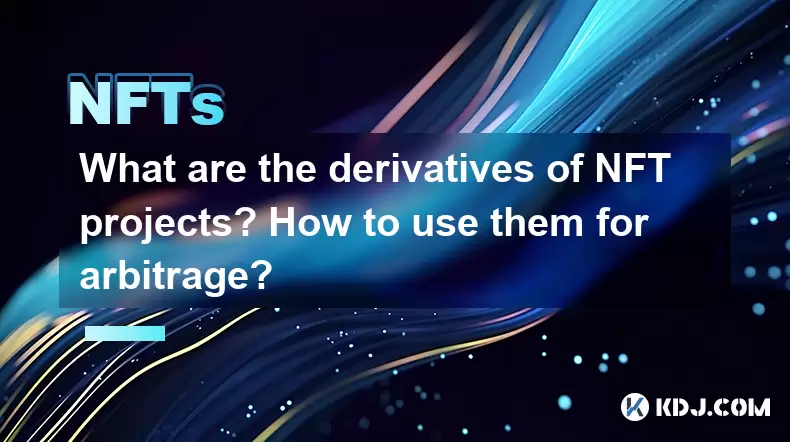
What are the derivatives of NFT projects? How to use them for arbitrage?
Jun 20,2025 at 06:14am
Understanding the Derivatives of NFT ProjectsNFTs, or non-fungible tokens, have evolved beyond simple digital collectibles. In recent years, derivatives of NFT projects have emerged as a new financial layer within the blockchain ecosystem. These derivatives are essentially financial instruments derived from the value and performance of underlying NFT as...
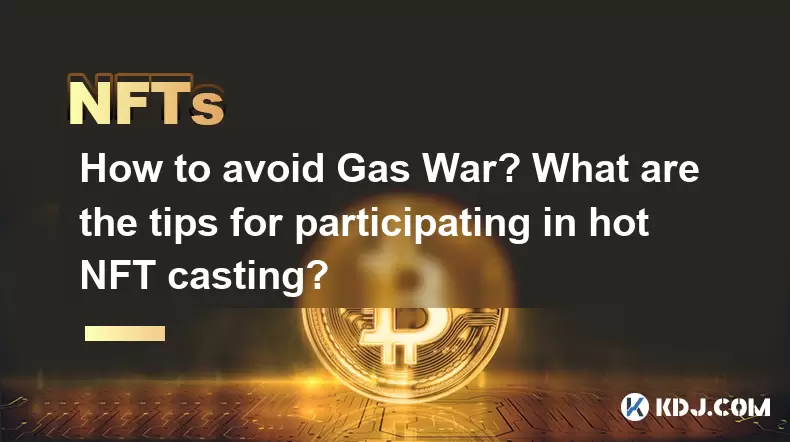
How to avoid Gas War? What are the tips for participating in hot NFT casting?
Jun 19,2025 at 11:00pm
Understanding Gas Wars in the NFT SpaceIn the world of NFT casting and minting, a Gas War refers to the intense competition among users on blockchain networks like Ethereum, where participants raise their gas fees to prioritize transaction confirmations. This typically occurs during high-demand NFT drops, especially when limited-edition digital assets a...
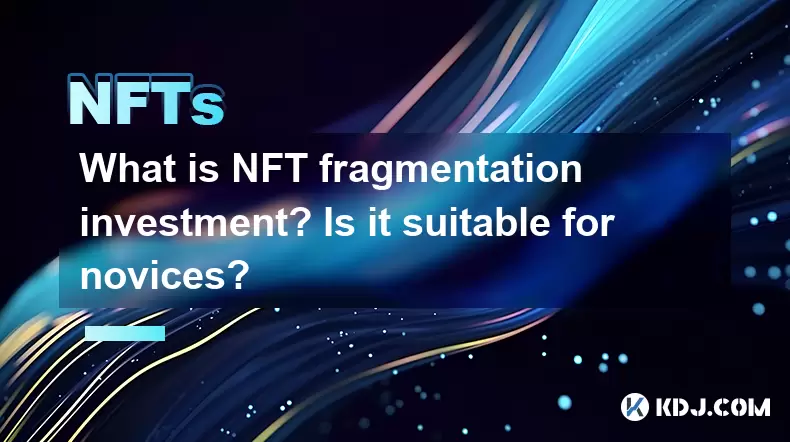
What is NFT fragmentation investment? Is it suitable for novices?
Jun 20,2025 at 02:01am
Understanding NFT Fragmentation InvestmentNFT fragmentation investment refers to the process of dividing a single non-fungible token (NFT) into multiple smaller, fungible tokens. This allows investors to purchase portions of an NFT rather than having to buy the entire asset outright. The concept is similar to buying shares in a company — instead of owni...
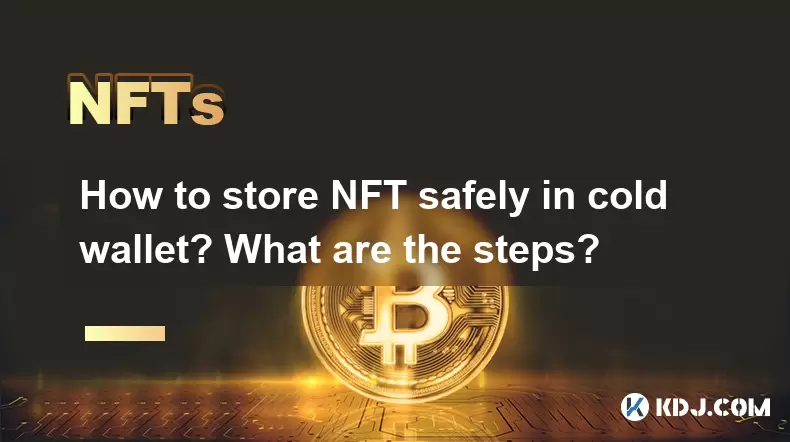
How to store NFT safely in cold wallet? What are the steps?
Jun 20,2025 at 06:57am
Understanding Cold Wallets and Their Importance for NFT StorageStoring NFTs securely is a critical concern for digital asset owners. A cold wallet, also known as a hardware wallet, provides offline storage for cryptocurrencies and blockchain-based assets like NFTs. Unlike hot wallets, which are connected to the internet and more vulnerable to hacking, c...

How are NFTs stored and traded? What are the common technical standards?
Jun 20,2025 at 08:49am
Understanding NFT Storage MechanismsNon-Fungible Tokens (NFTs) are digital assets that represent ownership of a unique item or piece of content, such as art, music, videos, or virtual real estate. The way NFTs are stored is crucial to their security and accessibility. Most NFTs are built on blockchain platforms like Ethereum, and the actual file—such as...

What is the difference between NFT and digital collectibles? A must-read guide for beginners
Jun 19,2025 at 09:42pm
Understanding the Basics of NFTsNFTs, or Non-Fungible Tokens, are unique digital assets that represent ownership of a specific item or piece of content on the blockchain. Unlike cryptocurrencies such as Bitcoin or Ethereum, which are fungible and can be exchanged one-for-one, each NFT has distinct properties and cannot be directly replaced by another to...

What are the derivatives of NFT projects? How to use them for arbitrage?
Jun 20,2025 at 06:14am
Understanding the Derivatives of NFT ProjectsNFTs, or non-fungible tokens, have evolved beyond simple digital collectibles. In recent years, derivatives of NFT projects have emerged as a new financial layer within the blockchain ecosystem. These derivatives are essentially financial instruments derived from the value and performance of underlying NFT as...

How to avoid Gas War? What are the tips for participating in hot NFT casting?
Jun 19,2025 at 11:00pm
Understanding Gas Wars in the NFT SpaceIn the world of NFT casting and minting, a Gas War refers to the intense competition among users on blockchain networks like Ethereum, where participants raise their gas fees to prioritize transaction confirmations. This typically occurs during high-demand NFT drops, especially when limited-edition digital assets a...

What is NFT fragmentation investment? Is it suitable for novices?
Jun 20,2025 at 02:01am
Understanding NFT Fragmentation InvestmentNFT fragmentation investment refers to the process of dividing a single non-fungible token (NFT) into multiple smaller, fungible tokens. This allows investors to purchase portions of an NFT rather than having to buy the entire asset outright. The concept is similar to buying shares in a company — instead of owni...

How to store NFT safely in cold wallet? What are the steps?
Jun 20,2025 at 06:57am
Understanding Cold Wallets and Their Importance for NFT StorageStoring NFTs securely is a critical concern for digital asset owners. A cold wallet, also known as a hardware wallet, provides offline storage for cryptocurrencies and blockchain-based assets like NFTs. Unlike hot wallets, which are connected to the internet and more vulnerable to hacking, c...
See all articles

























































































